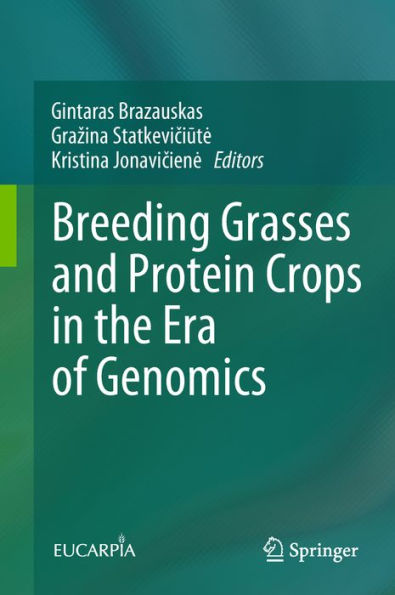5
1

Breeding Grasses and Protein Crops in the Era of Genomics

Breeding Grasses and Protein Crops in the Era of Genomics
eBook (1st ed. 2018)
$41.49
$54.99
Save 25%
Current price is $41.49, Original price is $54.99. You Save 25%.
Related collections and offers
41.49
In Stock

Product Details
| ISBN-13: | 9783319895789 |
|---|---|
| Publisher: | Springer-Verlag New York, LLC |
| Publication date: | 04/25/2018 |
| Sold by: | Barnes & Noble |
| Format: | eBook |
| File size: | 3 MB |
From the B&N Reads Blog
